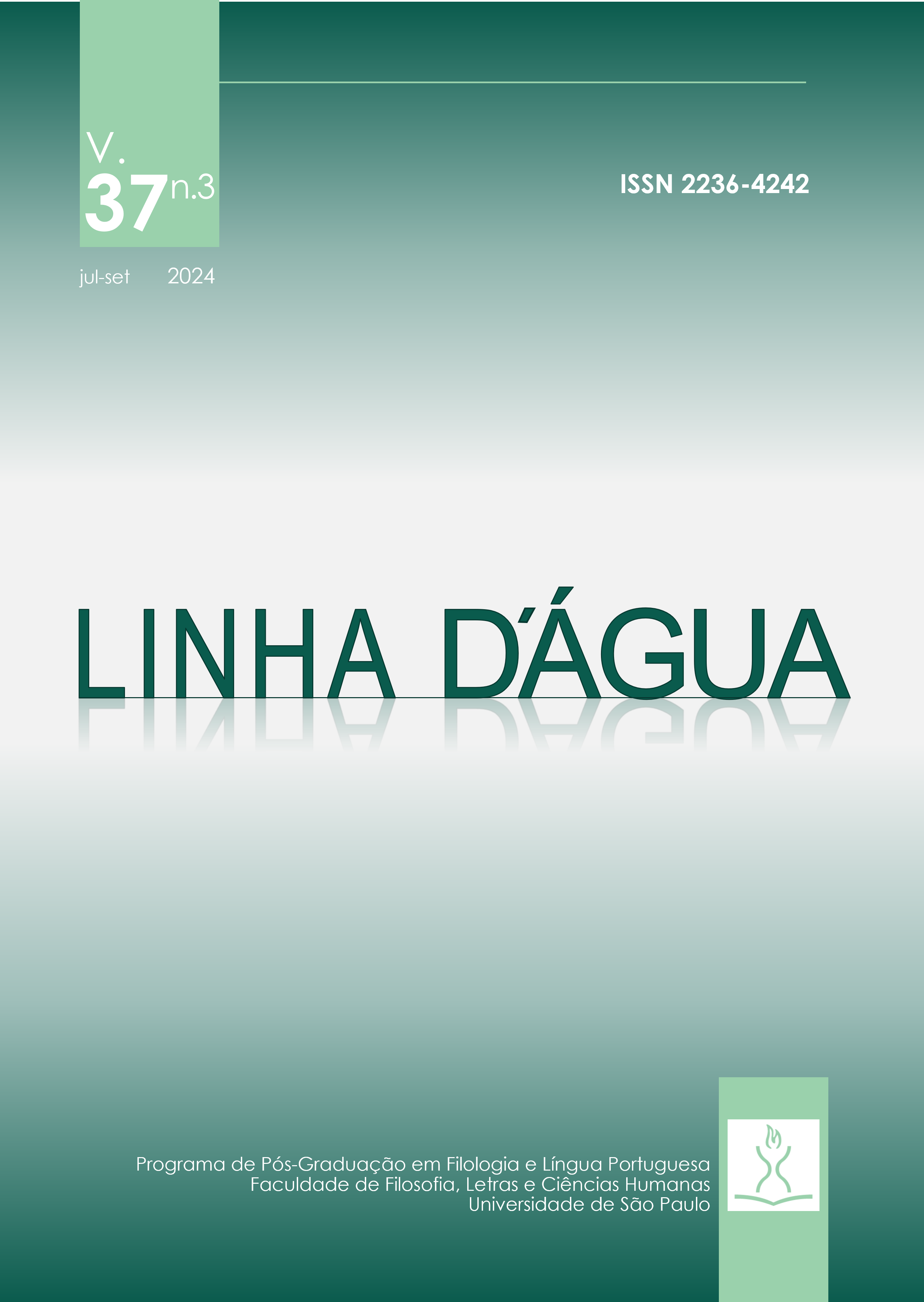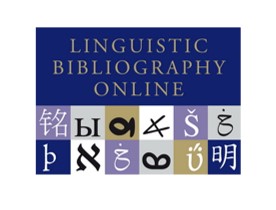Between deixis and disengagement: contributions of Textual Linguistics and Discursive Semiotics in the didactic approach to pronouns in texts
DOI:
https://doi.org/10.11606/issn.2236-4242.v37i3p274-290Keywords:
Reading, Song, Teaching, Referencing, EnunciationAbstract
The teaching of the Portuguese language, per normative references, especially the BNCC, considers the text as the unit of instruction. Through it, teachers should seek the development of their students’ competencies for the diverse, plural, and multiple uses of languages. Within this broad spectrum, the “language” itself must also be mobilized so that the mechanisms generating meaning in the text are recognized. Starting from the premise that linguistic elements should be studied in a contextualized way in the classroom, this article presents an approach for pronouns teaching, emphasizing the resulting effects of meaning. For this purpose, selecting a song from contemporary country culture as the object (Troca de calçada, by Marília Mendonça), the article builds on intersections between theoretical principles derived from both Textual Linguistics and Discursive Semiotics, exemplifying the possibility of teaching work with reading supported by an intersectional theoretical foundation.
Downloads
References
ADAM, J-M. Textos, tipos e protótipos. Trad. Mônica Magalhães Cavalcante et al. São Paulo: Contexto, 2019.
ANTUNES, I. Gramática contextualizada: limpando “o pó das ideias simples”. 1. ed. São Paulo: Parábola, 2014.
BAKHTIN, M. Estética da criação verbal. 2. ed. Trad. Maria E. G. Gomes Pereira. São Paulo: Martins Fontes, 1997.
BARROS, D. L. P. Teoria semiótica do texto. 4. ed. São Paulo: Ática, 2007.
BEAUGRANDE, R. New foundations for a science of text and discourse: cognition, communication, and freedom of access to knowledge and society. Norwood, New Jersey: Alex. 1997.
BENVENISTE, E. Problemas de lingüística geral I. 4. ed. Trad. Maria da Glória Novak e Maria Luisa Neri. Campinas: Pontes; Edunicamp, 1995.
BRASIL. Ministério da Educação. Base Nacional Comum Curricular. Brasília: MEC, 2018.
CAVALCANTE, M. M.; CUSTÓDIO FILHO, V.; BRITO, M. A. P. Coerência, referenciação e ensino. São Paulo: Cortez, 2014.
CAVALCANTE, M. M. et al. Linguística textual: conceitos e aplicações. Campinas: Pontes, 2022.
FIORIN, J. L. A pessoa desdobrada. Alfa, São Paulo, n. 39, p. 23-44, 1995.
FIORIN, J. L. As astúcias da enunciação: as categorias de pessoa, espaço e tempo. São Paulo: Ática, 1996.
FIORIN, J. L. Elementos de análise do discurso. 14. ed. São Paulo: Contexto, 2008.
GREIMAS, A. J.; COURTÉS, J. Dicionário de semiótica. Trad. Alceu Dimas Lima et al. São Paulo: Contexto, 2008.
KOCH, I. V.; ELIAS, V. M. Ler e compreender: os sentidos do texto. 2. ed. São Paulo: Contexto, 2008.
KOCH, I. V.; ELIAS, V. M. O texto na linguística textual. In: BATISTA, R. O. (org.). O texto e seus conceitos. São Paulo: Parábola, 2016.
KOCH, I. V.; ELIAS, V. M. Ler e escrever: estratégias de produção textual. 2. ed. São Paulo: Contexto, 2018.
MONDADA, L. Verbalisation de l´espace et fabrication du savoir: approche linguistique de la construction des objets de discours. Lausanne: Université de Lausanne, 1994.
RABATEL, A. Homo narrans: por uma abordagem enunciativa e interacionista da narrativa – pontos de vista e lógica da narração teoria e análise. Trad. Maria das Graças Soares Rodrigues, Luís Passeggi, João Gomes da Silva Neto. São Paulo: Cortez, 2016. v. 1. TROCA de calçada. Intérprete: Marília Mendonça. Compositores: Marília Mendonça, Juliano Tchula e Vitor Ferrari. In: NOSSO amor envelheceu. Intérprete: Marília Mendonça. Rio de Janeiro: Som Livre, 2021. EP, faixa 2 (3min24).
Downloads
Published
Issue
Section
License
Copyright (c) 2024 Antonio Lemes Guerra Junior, Lolyane Cristina Guerreiro de Oliveira, Ana Paula Pinheiro da Silveira

This work is licensed under a Creative Commons Attribution-NonCommercial 4.0 International License.
The Editorial Board authorizes free access to and distribution of published contentes, provided that the source is cited, that is, granding credit to the authors and Linha D'Água and preserving the full text. The author is allowed to place the final version (postprint / editor’s PDF) in an institutional/thematic repositor or personal page (site, blog), immediately after publication, provided that it is available for open access and comes without any embargo period. Full reference should be made to the first publication in Linha D'Água. Access to the paper should at least be aligned with the access the journal offers.
As a legal entity, the University of São Paulo at Ribeirão Preto School of Philosophy, Sciences and Languages owns and holds the copyright deriving from the publication. To use the papers, Paidéia adopts the Creative Commons Licence, CC BY-NC non-commercial attribution. This licence permits access, download, print, share, reuse and distribution of papers, provided that this is for non-commercial use and that the source is cited, giving due authorship credit to Linha D'Água. In these cases, neither authors nor editors need any permission.
Partial reproduction of other publications
Citations of more than 500 words, reproductions of one or more figures, tables or other illustrions should be accompanied by written permission from the copyright owner of the original work with a view to reproduction in Linha D'Água. This permission has to be addressed to the author of the submitted manuscript. Secondarily obtained rights will not be transferred under any circumstance.










